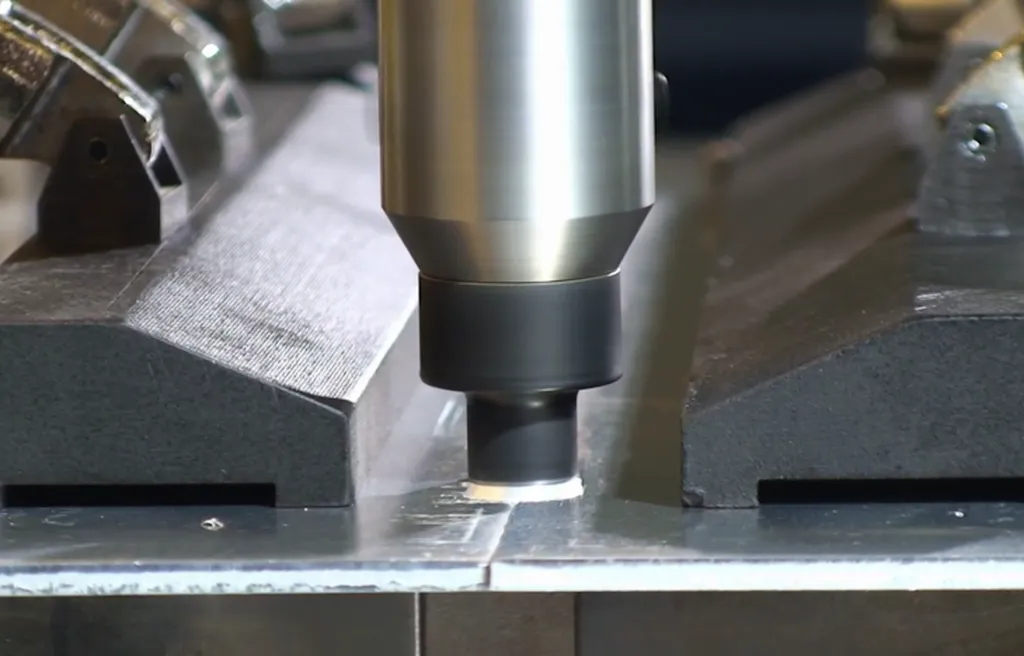In the quest for stronger, lighter, and more efficient materials for the energy sector, researchers have been pushing the boundaries of welding technologies. A recent study published in the *Journal of Advanced Joining Processes* (English: *Journal of Advanced Joining Processes*) sheds light on a critical aspect of friction stir welding (FSW), a process that has been gaining traction for joining dissimilar materials like aluminum and steel. The research, led by Robin Göbel from the Materials Testing Institute at the University of Stuttgart, explores how the choice of tool material can significantly impact the quality and robustness of welds in hybrid tailor welded blanks.
Friction stir welding is not new, but its application in joining aluminum to steel has been fraught with inconsistencies. Göbel and his team set out to understand why. “Despite its proven advantages, this welding process shows inconsistent outcomes regarding formability and joint strength,” Göbel explains. The team focused on a special joining configuration that allows for the welding of high-strength aluminum alloys to thinner steel sheets in a combined butt and overlap joint.
The study evaluated three different tool materials: H13 steel, ceramics (Si3N4 and SiAlON), and TiAlN-coated tungsten carbide. The findings were revealing. Both steel and ceramic tools degraded primarily through the adhesion of workpiece material. The H13 tool, in particular, exhibited a buildup of steel and aluminum that would detach after 1.5 to 2.5 meters, altering the tool’s geometry and the intermixing of materials. This inconsistency led to fluctuations in process conditions, affecting the quality of successive welds.
In contrast, the TiAlN-coated tungsten carbide tool showed significantly less buildup, resulting in more uniform weld seam quality. The study also found that a higher degree of aluminum-steel intermixing consistently correlated with superior weld strength and formability. “The study highlights how tool degradation and intermixing affect weld quality and emphasizes the role of tool materials for robust industrial applications,” Göbel notes.
The implications for the energy sector are substantial. As the demand for lightweight and high-strength materials grows, particularly in applications like automotive and aerospace, the ability to consistently produce high-quality welds between dissimilar materials becomes crucial. The findings suggest that the choice of tool material can make a significant difference in the performance and reliability of these welds.
Göbel’s research not only provides a deeper understanding of the factors affecting weld quality but also points to potential improvements in tool design and material selection. As the energy sector continues to evolve, the insights from this study could pave the way for more efficient and robust welding processes, ultimately contributing to the development of advanced materials that are lighter, stronger, and more sustainable.
The study, published in the *Journal of Advanced Joining Processes*, offers a compelling case for the importance of tool material in friction stir welding. As Göbel and his team continue to explore this area, their work could shape the future of welding technologies, making them more reliable and efficient for a wide range of industrial applications.

